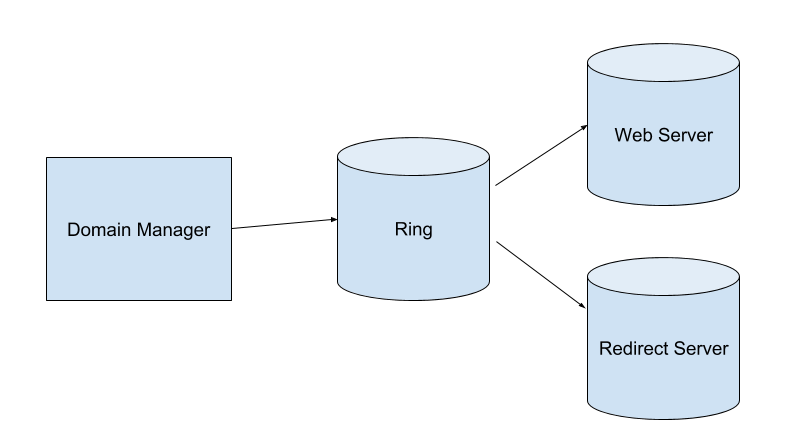Overview
The domain manager is used to attach domains to a site and configure their hosting, whole-domain redirects, and HTTPS.
Domain Name
A domain name is made up of multiple labels, separated by the period . character. The labels are hierarchical, from right to left. The highest level (right-most) label is known as the top-level domain (TLD). A second-level domain name is the second label from the right, along with the TLD. Second-level domain names are what most people are familiar with when using the internet (e.g., google.com with google being the second level label and com being the TLD). This second-level domain is also referred to as the apex or base domain. Subdomains are then the third-level domain name or greater (e.g., www.facebook.com, techdocs.solutiosoftware.com).
For additional details on domain names, please see the Wikipedia Page on this topic.
Whole-Domain Redirects
This documentation refers to the redirects managed by the domain manager as whole-domain redirects, which are different from site redirects managed via the Redirects extension. Site redirects are for individual URLs, under a hosted domain, that need to be forwarded. Whole-domain redirects are hosted by the redirect server and forward every URL. This is commonly used when the client controls the domain to forward visitors of the apex to the www subdomain.
Accessing
Access the Domain Manager from the Components->Domain Manager menu item. You'll be presented with a list of domains attached to the site.

Architecture
The domain manager extension is a front-end to the Ring server, which controls all domains, redirects, and messages to servers. Each site has a unique set of API credentials to access and manage its own domains.

